Researchers use carbon-based anodes with “bumpy” surfaces for Li-ion batteries that last longer in extreme cold
Green Car Congress
JUNE 10, 2022
In comparison, lithium-ion batteries made with other carbon-based anodes, including graphite and carbon nanotubes, held almost no charge at freezing temperatures. C, the anode made with bumpy nanospheres was still rechargeable, and during discharge, released nearly 100% of the charge put into the battery.


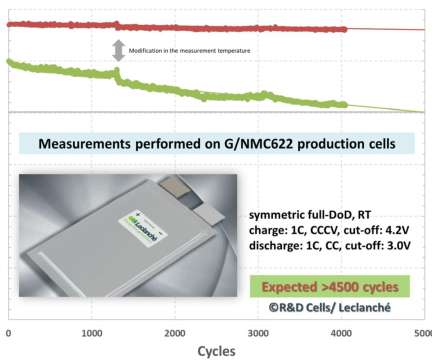




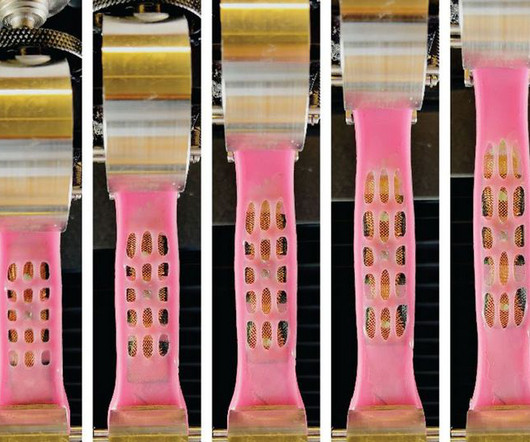







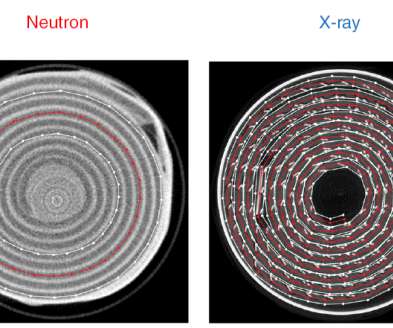

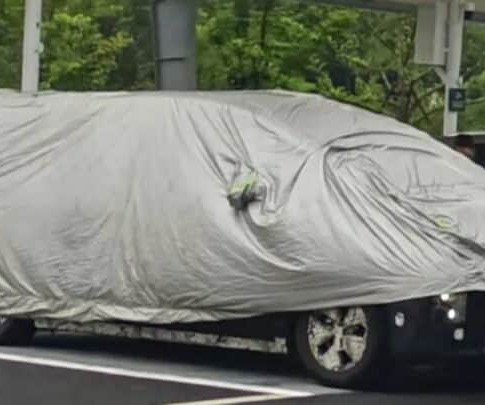



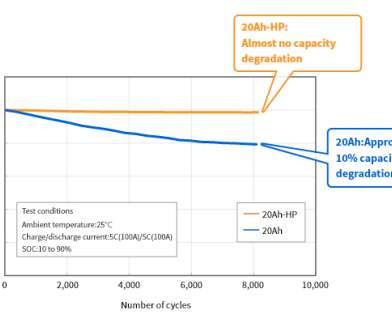
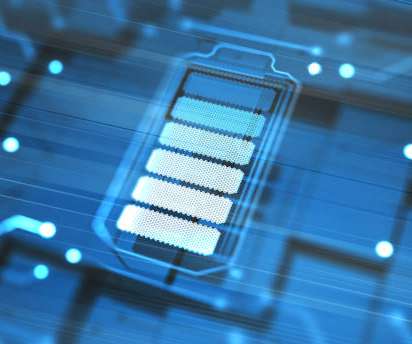










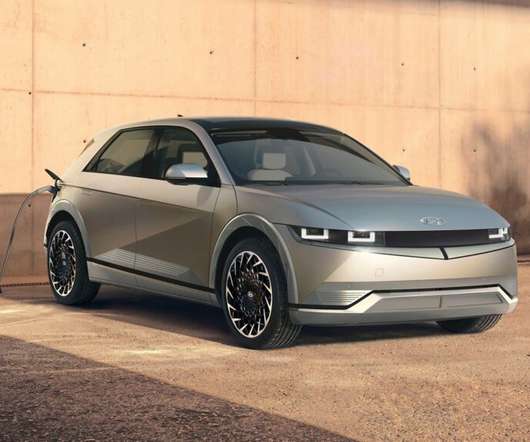







Let's personalize your content